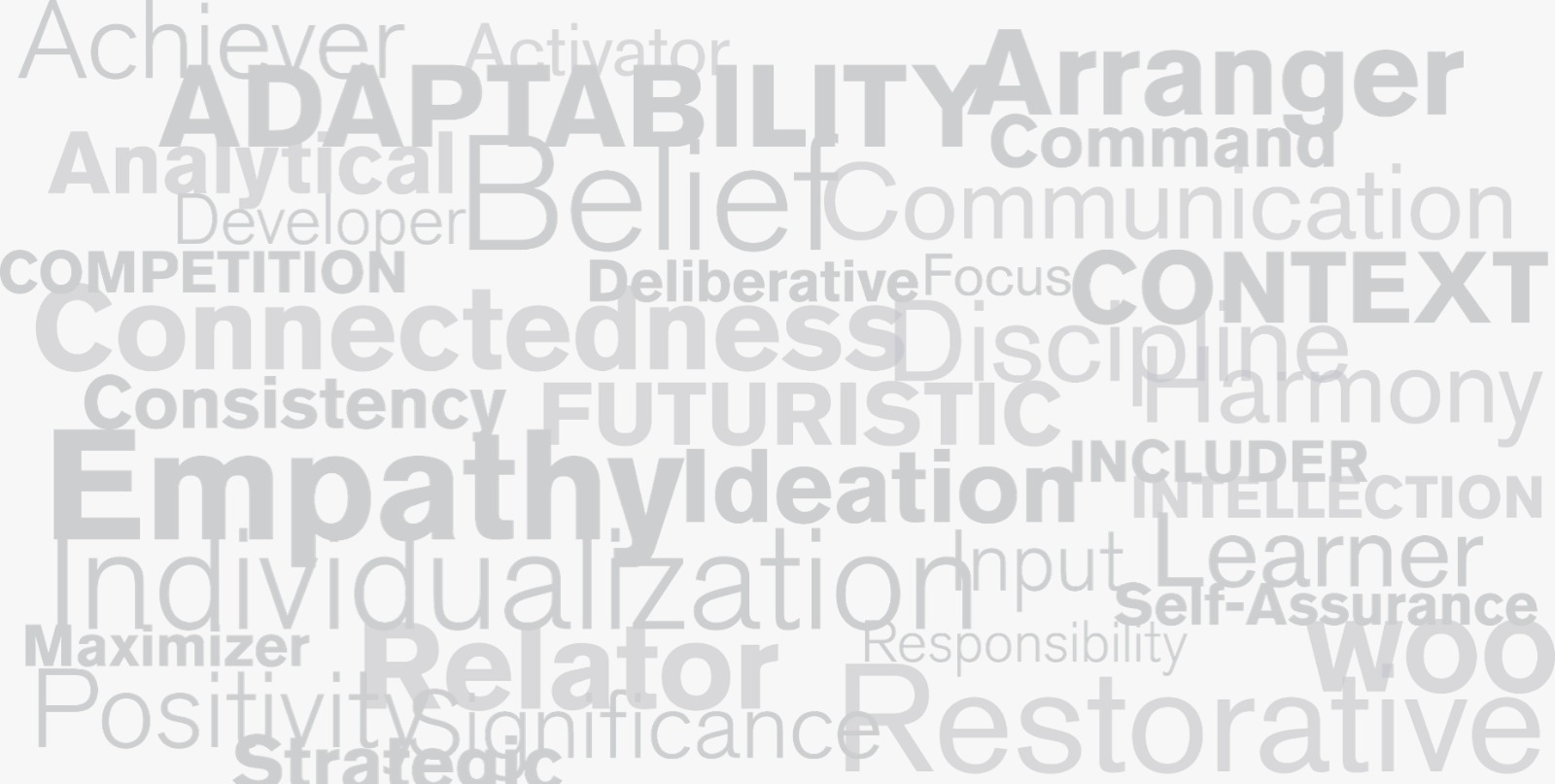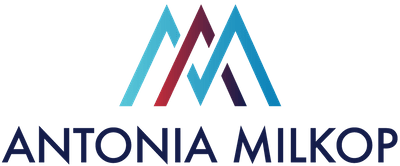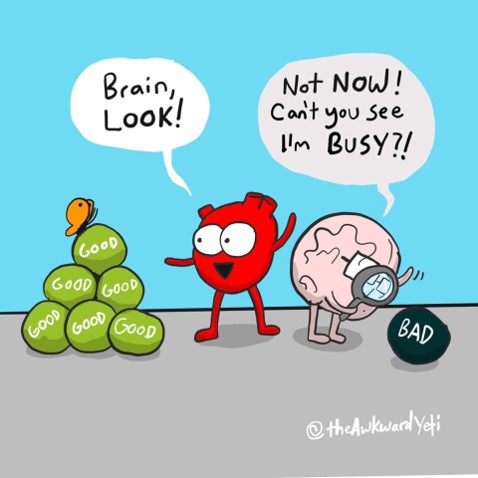
In my strengths coaching (using the CliftonStrengths tool), one of the first questions many clients ask me is the ‘lack’ of a particular strengths domain in their dominant talent themes (dominant talent themes are usually the Top 10 of someone’s CliftonStrengths profile).
You might be worried about the lack of strengths diversity in your team or having different strengths to another individual. It’s human-nature to focus on what we don’t have rather than what we do have.
We all have different strengths.
The odds of you sharing the same Top 5 talent themes in the same order is 1 in 33 million (from a database of 26+million!). We are all unique, creative and have power in our own ways. You will find that you lead with one particular strengths domain over others (your ‘strengths-based leadership style’), or that you may not have a “balanced” mix of all strengths domains in your profile. Some people find this concerning given the type of work they do or the lack of ‘balance’ you have in your team.
Talent vs. Strength
Remember that the CliftonStrengths profile only measures talent (our natural ways of thinking, feeling and behaviour). When talent is effectively applied, it becomes strength (i.e. improved performance, productivity, wellbeing, etc.). We often interchange our language when we refer to ‘talents’ and ‘strengths’. The key thing to remember is that you need to invest in your talents to unleash the potential you have to turn it into strengths (i.e. reap the benefits of productivity, performance, wellbeing etc.). Figure out how to effectively apply your talents to turn them into strength.
Talent x Investment = Strength
Different Strengths and Domains
The 34 talent themes are categorised into four Strengths Domains to simplify life. Here’s a snapshot of them below:
- Strategic Thinking (the “what”) – those that lead with this domain are great at absorbing, analysing and informing better decisions.
- Influencing (the “why”) – those that lead with this domain bring motivation and momentum by taking charge, speaking up and ensuring everyone is heard.
- Relationship Building (the “who”) – those that lead with this domain build really powerful relationships. They hold people together, and know who to involve for what.
- Executing (the “how”) – you can count on those who lead in this theme to get it done.
I’m not balanced in my different strengths
Some of the questions I get asked are along the lines of:
- If I’ve got no influencing domain, does this mean I can’t influence people well?
- I don’t have any blue (Relationship Building) in my Top 10 – does this mean I’m rubbish with people?
- My team has hardly got any Executing talents, but we have heaps to deliver this year. Is this a problem if we can’t get stuff done?!
The answer is NO, NO, NO! I’ll explain why…
But first, a bit of explanation about why we automatically lean towards ‘weakness fixing’ as humans…it’s all about negativity bias and our human brains.
You may have come across the term negativity bias before. As humans, we pay more attention or weigh on negative experiences over neutral or positive experiences. This human condition of ‘dealing with threats’ has served us well over our human existence – it’s helped us survive.
Strengths-based psychology focuses on what is right with people and their different strengths, rather than fixating on what is wrong with them.
The goal is to use your talents!
The goal in strengths-based development is not to try and be more balanced across all the talent themes but to use your different strengths to enhance your productivity, performance and wellbeing.
The most successful individuals, teams and organisations focus on using their different strengths.
-
Individuals who focus on their strengths are more productive, more engaged and report better quality of life.
-
Teams who focus on their strengths achieve more daily, have higher employee engagement, increased performance, increased profit and sales, have more positive interactions with colleagues and stakeholders, and experience more creative and innovative moments.
The CliftonStrengths assessment measures talents (your natural patterns of thinking, feeling and behaviour). There are 34 talent themes in total.

Credit: Gallup
It can be difficult to fully understand all 34 different talent themes (it’s a bit like learning a new language!). Each talent theme owns a one-word label, which describes a whole bucket of depth for this particular talent theme. Knowing what your dominant talent themes are (usually the Top 10 in your profile) helps you understand how to meet the demands of your roles, your responsibilities and how to bring out the best of yourself in your work and life.
Knowing your strengths helps you apply yourself better and builds a deeper appreciation of how you make a difference to the world. Different strengths highlight your unique power and edge and knowing this within yourself and others you work with highlights the valuable contribution of each individual and what we need in order to thrive.
Different strengths are POWERFUL. Knowing which strengths domain you lead with (Tip: check out page 21 of your CliftonStrengths profile) helps you set up for success. How you use your unique strengths-based leadership style helps you know how to make your best contribution to a team.
So, what if you or your team are ‘weak’ in a particular strengths domain?
Use what you’ve got. If your work requires influencing others (and you have no ‘orange’ in your dominant strengths profile), then use your existing talent themes and think of using them differently to influence those around you.
Putting different strengths in practice
Here is an example of how you might use different strengths to stretch your team’s talents to perform like another domain (in this case, Influencing):
Let’s say you need to influence some decision-makers on a particular policy proposal you’ve put forward. The team has worked hard on this, done some incredible thinking behind it all and you’ve produced a whopping report analysing all the options, risks and potential outcomes. You may be wondering how you can use your team’s strengths to help get buy-in from ministers, essential stakeholders, and the public.
Firstly, find partnerships in your team and colleagues who do have Influencing strengths. They may have a few good suggestions for how to win others over (Woo), share the story with others (Communication), create certainty and confidence in others about your ideas (Self-Assurance) or help put some of these thoughts into action (Activator). Test your thinking and ideas with them to see how you can use your different strengths to influence those you need to get over the line.
This is an example of how you can use some different strengths to influence others:
- Relator (Relationship Building) – you can leverage the trusted and reliable networks you have (you’ll have a lot of those) and come up with a strategy to help ‘voices be heard’ on issues that you’re trying to influence others on. These trusted allies you have might be just the people to speak to those that need influencing to help your thinking come to fruition. You influence through your relationships with others.
- Arranger (Executing) – your efficiency at managing multiple demands and dynamics and the ability to see what others can do well, arranging all the pieces to work together. The Arranger talent helps a team steer towards a grand plan or process to put in place for stakeholder engagement, governance arrangements and the like. The plan flows smoothly with everyone understanding deadlines and expectations. You influence by orchestrating an efficient plan that can flex with change.
- Connectedness (Relationship Building). Your ability to see the ‘big picture’ and how all the pieces connect to share perspectives that others may not see. You can forge partnerships and promote collaboration between departments and teams. You influence via connecting the right parts of the system.
- Context (Strategic Thinking) – you can understand and appreciate the reasons for making changes, sharing learnings from the past to succeed in the future. Share these learnings from past situations, so you influence today’s decision-makers choices. You influence with consideration of the past.
- Deliberative (Executing) – can often be perceived as the ‘black hat’ talent theme, your cautious approach in making decisions means you’ve thoroughly considered all the possible pitfalls, risks and potential problems or roadblocks. This will not only give robustness to any decision-making but also build trust and credibility in the options you’re putting forward to others, and they’ll know you’re being free and frank with them in what you’ve proposed and therefore you influence with credibility.
- Positivity (Relationship Building). Your natural enthusiasm inspires others to see the possibilities (rather than the problems). You help create a solutions-focussed team that can steer through any ‘yuck’ and adversity, seeing the silver lining in it all. You influence through your warmth and optimism!
- Strategic (Strategic Thinking). You naturally see possibilities and alternatives. You can help others see the big picture (without getting lost in the minutiae), and seeing all other options helps give you a persistence that creates confidence in others. You influence others by bringing consideration of all possibilities.
We all execute, influence, build relationships and think – we just do it in very different ways. Strengths domains are like ‘curtains not walls’.
Strengths domains are just a way of categorising your talent themes. It’s helpful to know what domain you lead with (to better understand your own leadership style or ‘strengths DNA’ of your team). But don’t become obsessed with what ‘domains’ you have or haven’t got in your profiles. Use what you have and target it towards the outcomes you want.
I hope this has been helpful. I’d love to hear your stories of how you’ve used your strengths domains in your team.

Here’s a team exercise for you!
Here’s an exercise you may like to do to help you ‘see’ the different people in your world::
- Split your team up into the four domains depending on your leadership style (see p.21 of your CliftonStrengths profile to see the bar chart identifying which is your leading domain).
- Ask each group the following questions:
- What do you do for fun?
- What do people say you’re good at?
- What are you criticised for?
- What frustrates you about others (who lead with a different strengths domain to you)?
- Each group shares their answers out loud, one domain at a time – it’s best to start with the Executing group!
- They’ll discover the different lenses they look through and how each of us views the world very differently. The point is that we’re all unique and have different strengths – and there are commonalities and dissimilarities between us. It’s hugely valuable to be aware of this and learn how to ‘deeply’ appreciate the different ways we think, feel and behave. Knowing this gets the best out of your team.
Being unique is the essence of who we are. We are all unlike one another, we all have different strengths. It is the beauty of it. You are STRONG in your own way. It’s about using the tools at your disposal.

